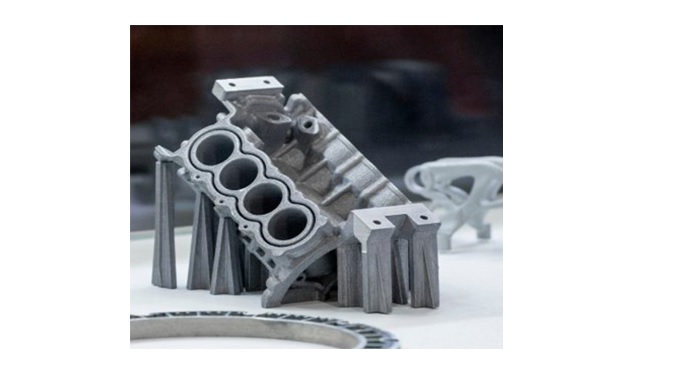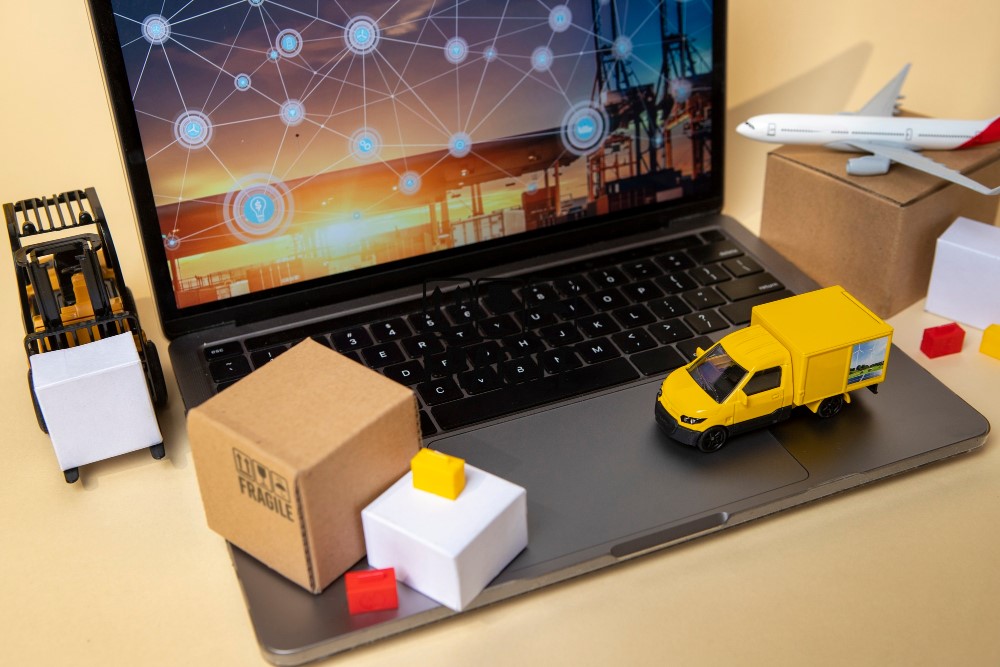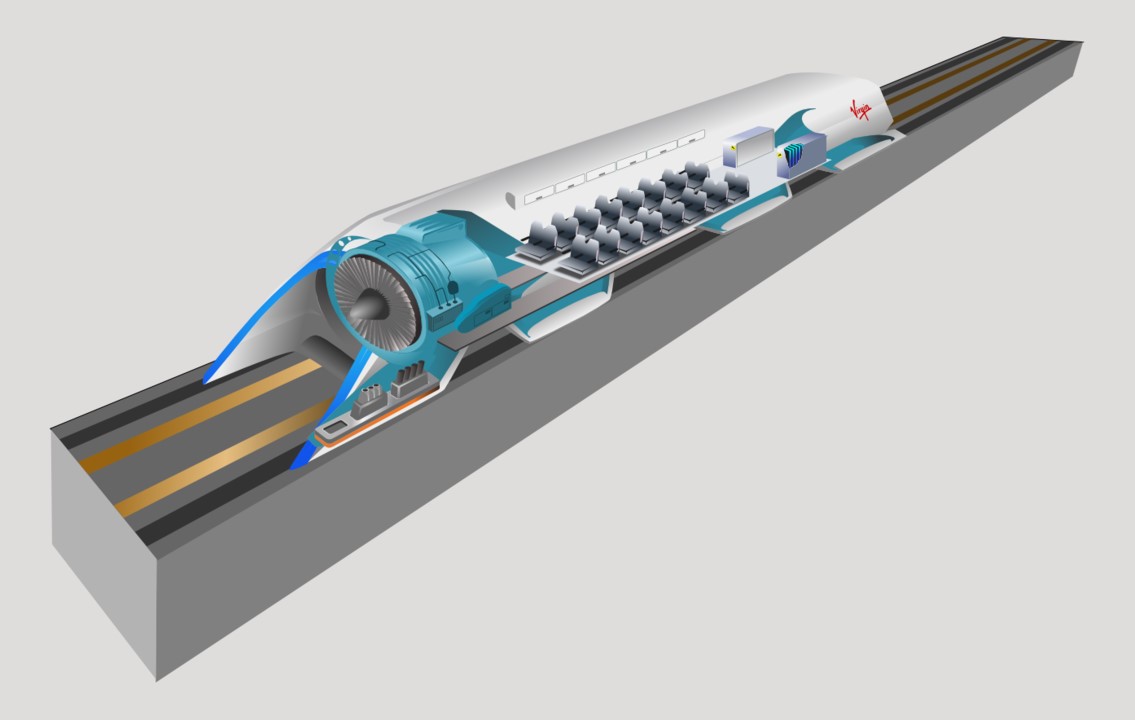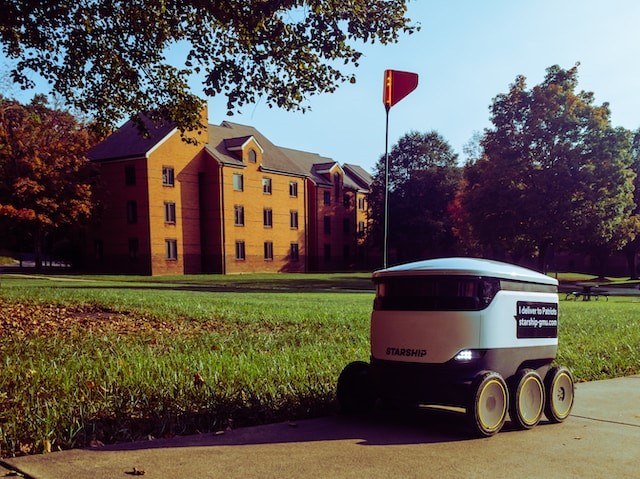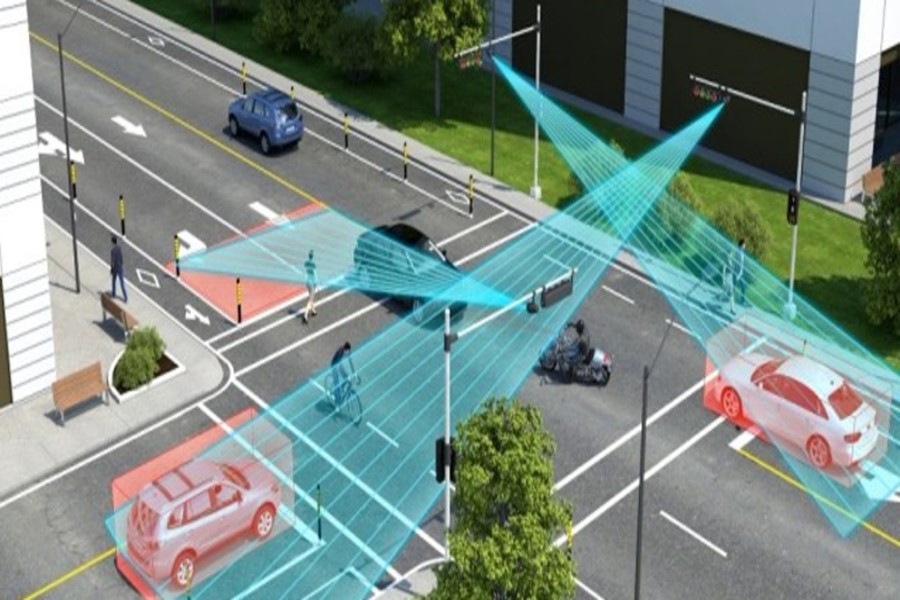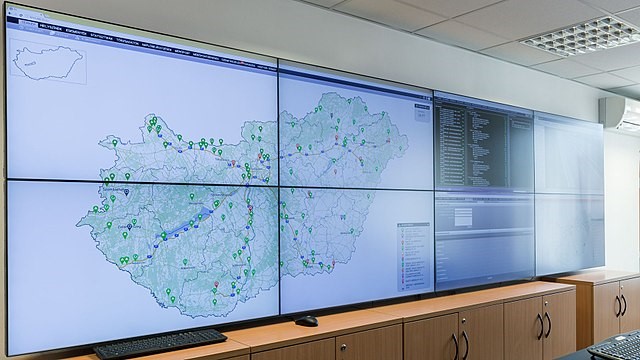Vehicle-to-infrastructure (V2I)
Vehicle-to-infrastructure (V2I) communication is a technology that enables vehicles to communicate with the surrounding infrastructure, such as traffic lights, road signs, and other vehicles on the road. V2I communication relies on wireless technology to transmit data between the vehicle and the infrastructure, allowing for real-time data sharing and analysis.
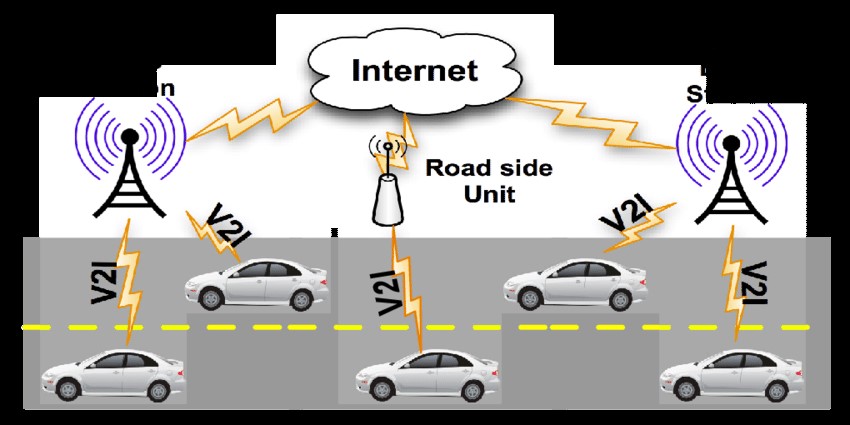
Figure 1. Vehicle-to-infrastructure (V2I) [1]
V2I communication has several potential benefits, including:
Improved safety: By providing vehicles with real-time information on traffic conditions, road hazards, and other potential safety risks, V2I communication can help drivers make better-informed decisions and avoid accidents.
Reduced congestion: By optimizing traffic flow and reducing delays at traffic signals, V2I communication can help reduce traffic congestion, improving travel times and reducing emissions from idling vehicles.
Enhanced mobility: V2I communication can help improve the mobility of people and goods by providing real-time data on traffic conditions and road closures, allowing for more efficient and effective transportation planning.
Reduced emissions: By reducing congestion and optimizing traffic flow, V2I communication can help reduce emissions from vehicles, improving air quality and reducing the environmental impact of transportation.
Some examples of V2I communication systems include:
Intelligent transportation systems (ITS): ITS can provide real-time data on traffic conditions and road hazards, allowing for better-informed decisions and improved safety on the road.
Connected vehicle technology: Connected vehicles can communicate with other vehicles and with the surrounding infrastructure, providing real-time data on traffic conditions and road hazards.
Adaptive traffic signal control: Adaptive traffic signal control systems use real-time data to adjust the timing of traffic signals, optimizing traffic flow and reducing congestion.
Overall, V2I communication is an important technology for improving the efficiency, safety, and sustainability of transportation systems. As V2I technology continues to evolve, it is likely to play an increasingly important role in the future of transportation.
References:
- https://www.researchgate.net/figure/Vehicle-to-Infrastructure-V2I-communication_fig1_309546589
Cite this article:
Hana M (2023), Vehicle-to-infrastructure (V2I), AnaTechMaz, pp.131


